“The time is now for the Court to grant certiorari, or for Congress to pass new laws, so that the problem of eligibility can be eliminated, and consistency and clarity be provided to all who rely on our patent system.”
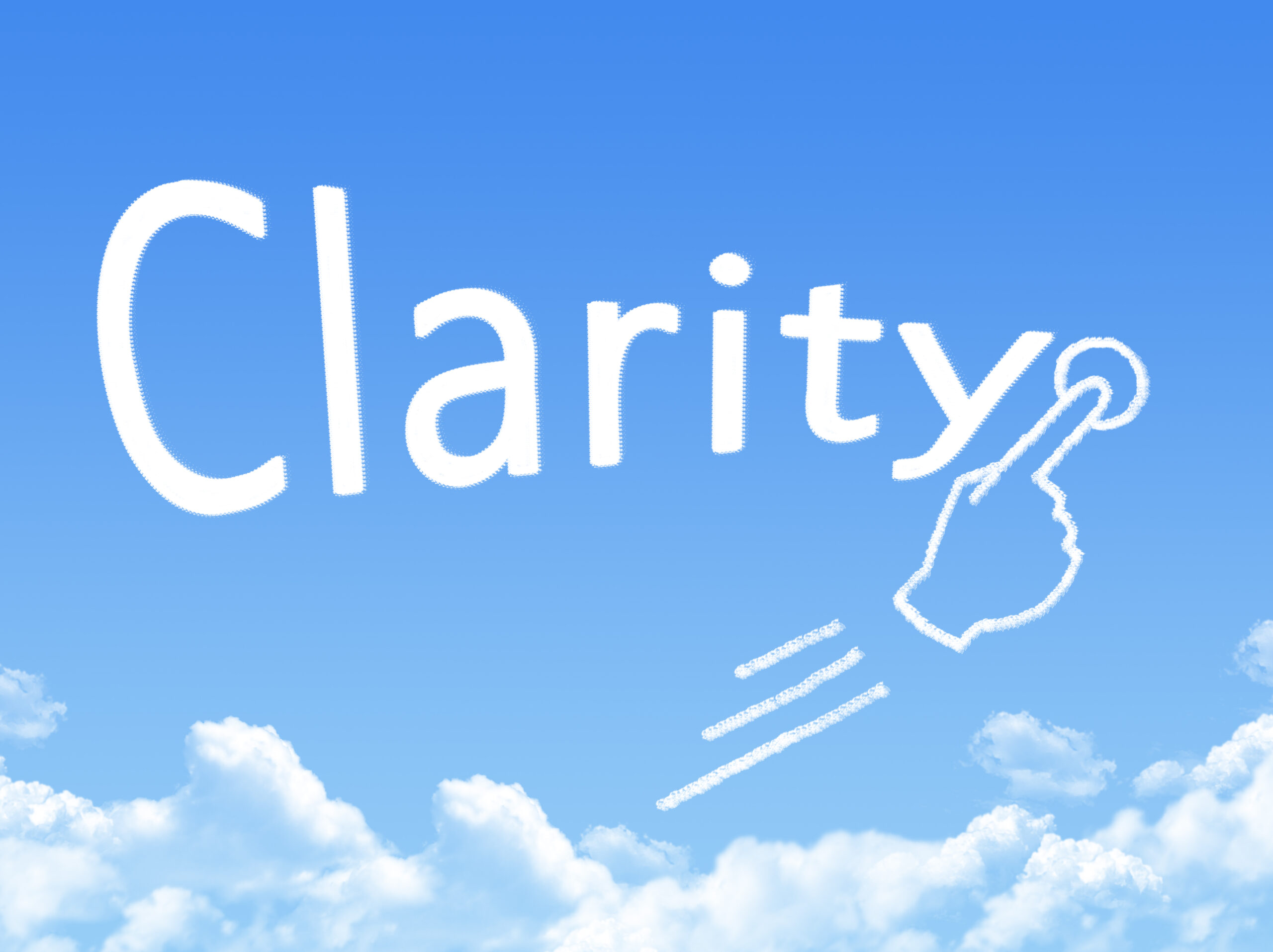 Last month, the U.S. Department of Justice filed an amicus brief with the Supreme Court urging the Court to accept a certiorari case relating to patent eligibility. See Interactive Wearables, LLC v. Polar Electro Oy, et al, and David A. Tropp v. Travel Sentry, Inc., Nos. 21-1281 and 22-22. In each of these cases, which were separate from one another, the U.S. Court of Appeals for the Federal Circuit ruled the patents to be ineligible as being abstract ideas, and thus an exception to Section 101 patentable subject matter. This amicus brief follows an earlier amicus brief from the Justice Department, in May 2022, also supporting the petition for certiorari on a patent found by the Federal Circuit to be an abstract idea, and therefore not patentable under Section 101. See American Axle & Manufacturing, Inc. v. Neapco Holdings LLC. To the surprise of many, the Supreme Court denied cert in American Axle. The Supreme Court has not yet determined whether to grant cert in the combined Interactive and Tropp cases.
Last month, the U.S. Department of Justice filed an amicus brief with the Supreme Court urging the Court to accept a certiorari case relating to patent eligibility. See Interactive Wearables, LLC v. Polar Electro Oy, et al, and David A. Tropp v. Travel Sentry, Inc., Nos. 21-1281 and 22-22. In each of these cases, which were separate from one another, the U.S. Court of Appeals for the Federal Circuit ruled the patents to be ineligible as being abstract ideas, and thus an exception to Section 101 patentable subject matter. This amicus brief follows an earlier amicus brief from the Justice Department, in May 2022, also supporting the petition for certiorari on a patent found by the Federal Circuit to be an abstract idea, and therefore not patentable under Section 101. See American Axle & Manufacturing, Inc. v. Neapco Holdings LLC. To the surprise of many, the Supreme Court denied cert in American Axle. The Supreme Court has not yet determined whether to grant cert in the combined Interactive and Tropp cases.
In the Government’s Words
The government’s brief states, “These cases would be suitable vehicles for providing much-needed clarification” about the proper reach and application of the abstract idea exception to patent eligibility under Section 101. (Emphasis added.) The brief also notes that Federal Circuit precedent reflects “significant confusion” over the Court’s Section 101 decisions, which have repeatedly fractured the Federal Circuit due to “the difficulties the court of appeals has experienced” in applying Section 101.
The amicus brief also acknowledges that the United States Patent and Trademark Office (USPTO) “has also struggled to apply this Court’s Section 101 precedent in a consistent manner.” Furthermore, the brief points to the “difficulties in implementing this Court’s Section 101 precedents” in certain technological fields, such as medical diagnostics, and the general “inconsistency and unpredictability” that extends to all fields.
In discussing the history of patent eligibility, particularly since Alice Corp. Pay Ltd. V. CLS Bank Int’l, 573 U.S. 2008 (2014), the Justice Department’s amicus brief mentioned seven times the need for clarification. The DOJ expounded on the inconsistency in eligibility four times in its brief. The brief twice referenced the uncertainty created by the “splintered,” “divided” and “fractured” Federal Circuit. The brief also noted that this area of law has become “unpredictable,” a problem and a challenge, and difficult to apply. The DOJ also cited the confusion in eligibility, and the struggles that have arisen in the lower courts, and with patent owners, patent applicants, and patent practitioners. Thus, despite 150 years of precedent from the Supreme Court, the long history and traditions have not resolved the current issues with patent eligibility under 35 U.S.C. 101.
Likewise, in the DOJ’s amicus brief from a year ago in American Axle, the 150 years of history and tradition for patent eligibility was cited, but the brief explained that now there is uncertainty and unpredictability that has created problems, challenges, and difficulties for all who consider patentability and abstract ideas. The brief acknowledged the splintered, divided and fractured Federal Circuit. This government brief expressly stated (two times) that clarification of the two-step eligibility analysis of Alice is “especially important,” noting the Federal Circuit’s “substantial uncertainty” about the proper application of Section of 101 and the confusion in lower court decisions. The brief also emphasized that every judge on the Federal Circuit has requested Supreme Court clarification of this issue. There were eight additional amicus briefs encouraging the Court to accept this case, including one brief by Senator Thom Tillis (R-NC), former Federal Circuit Chief Judge Paul Michel and former USPTO Director David Kappos, who stated that the “misinterpretation of Section 101 of our patent laws has created an unintelligible hash.”
So, the U.S. Government, through the Justice Department, has twice in one year strongly argued that the Supreme Court needs to fix this mess. They are not alone. For several years, the Federal Circuit judges have begged for clarification regarding abstract ideas and patent eligibility. For example, On July 3, 2019, the Federal Circuit issued an interesting opinion discussing patent eligibility. In Athena Diagnostics, Inc. v. Mayo Collaborative Services, LLC, the en banc Court considered whether they should rehear an appeal of a patent regarding a medical diagnostic invention, which a three-judge panel earlier held to be ineligible for patent protection pursuant to the precedent of the U.S. Supreme Court. The decision included the majority opinion, three concurring opinions, and four dissenting opinions. Each of the eight opinions requested that the Supreme Court or Congress do something to clarify the confusion about patent eligibility. The Supreme Court denied certiorari in Athena.
What Congress Has Said
Congress has worked on the issue for several years, including hearings and proposed legislation to address the patent eligibility concerns. The past two sessions of Congress have seen four bills introduced relating to Section 101 reform. In 2019, the Senate and House Subcommittee on Intellectual Property drafted legislation in an attempt to “fix” the patent eligibility law under 35. U.S.C. 101, but the legislation never passed. In August, 2022 The Patent Eligibility Restoration Act, co-sponsored by Senator Thom Tillis (R – N.C.) and Senator Chris Coons (D- Del.) was proposed to fix the patent eligibility mess, and was endorsed by two retired judges from the Federal Circuit, former Chief Judge Paul Michel, and former Federal Circuit Judge Kathleen O’Malley. Tillis and Coons are optimistic that their Act will fix the judicially created confusion in patent eligibility law. As they note, patent rights are created in the Constitution, and have driven innovation for more than 200 years. Senator Coons has stated that the IP “gold standard” has been eroded, and that predictability, defensibility and enforceability needs to be restored. A second bill was introduced on November 4, 2022, by Representative Thomas Massie (R-KY), to the House Judiciary Committee which seeks to clarify patent eligible subject matter, and particularly those patents that have been killed for being directed to an abstract idea, a judicially created exception to patentable subject matter, even though no Court has ever defined “abstract idea.”
Three years ago, on May 22, 2019, the Senate and House Subcommittees on Intellectual Property released for comment their initial draft of legislative reform for Section 101 of the patent statutes. The biggest focus of this proposed legislation is an abolishment of the Supreme Court’s judicially-created exceptions to patent eligibility, namely, abstract ideas, laws of nature, and natural phenomena. The proposed revision also states that section 101 “shall be construed in favor of eligibility.”
Alas, Congress adjourns each year without passing any of these proposed bills.
The USPTO Chimes In
The USPTO has also agreed that eligibility needs fixing. Going back almost five years, on September 24, 2018, then-Director of the USPTO, Andrei Iancu, stated in a speech to the Intellectual Property Owners Association that his agency was working on new guidelines that address the “mushed up” and “muddled” case law on patent eligibility under 35 USC 101. Once again, Iancu acknowledged that the current status of eligibility is unclear and distorted and must end. According to Iancu, there were two problems with the current eligibility analysis: (1) there is no definition of “abstract ideas” which are patent-ineligible; and (2) co-mingling of eligibility under section 101 with other patentability requirements, such as obviousness under section 103. He insisted that the standard for eligibility must be clear, so the patent system is predictable and transparent, and people know up front if an invention is eligible for patent protection. Iancu’s subsequent Guidance on Patent Eligibility for examiners has been heralded as providing much-needed clarity, but it is not binding on courts and has done little to alleviate confusion there.
Clarity, Now
So, the U.S. Justice Department, the USPTO, Federal Circuit judges, many patent owners and applicants, patent lawyers, and members of Congress, have over the past eight years since the Alice Supreme Court decision, repeatedly urged the Supreme Court to clarify patent eligibility, and particularly the abstract idea judicial exception. The time is now for the Court to grant certiorari, or for Congress to pass new laws, so that the problem of eligibility can be eliminated, and consistency and clarity be provided to all who rely on our patent system to promote the progress of science and the useful arts.
Image Source: Deposit Photos
Image ID: 88810564
Author: paisan191

![[IPWatchdog Logo]](https://ipwatchdog.com/wp-content/themes/IPWatchdog%20-%202023/assets/images/temp/logo-small@2x.png)
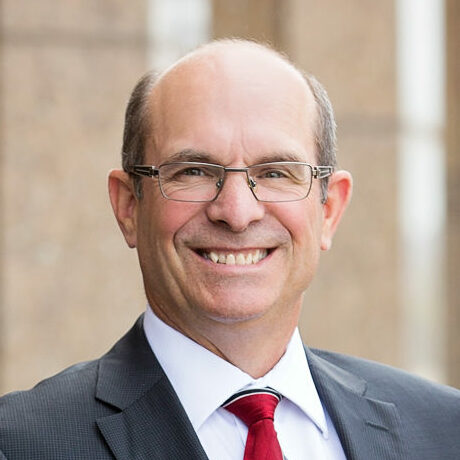
![[Advertisement]](https://ipwatchdog.com/wp-content/uploads/2024/04/Patent-Litigation-Masters-2024-sidebar-early-bird-ends-Apr-21-last-chance-700x500-1.jpg)

![[Advertisement]](https://ipwatchdog.com/wp-content/uploads/2021/12/WEBINAR-336-x-280-px.png)
![[Advertisement]](https://ipwatchdog.com/wp-content/uploads/2021/12/2021-Patent-Practice-on-Demand-recorded-Feb-2021-336-x-280.jpg)
![[Advertisement]](https://ipwatchdog.com/wp-content/uploads/2021/12/Ad-4-The-Invent-Patent-System™.png)
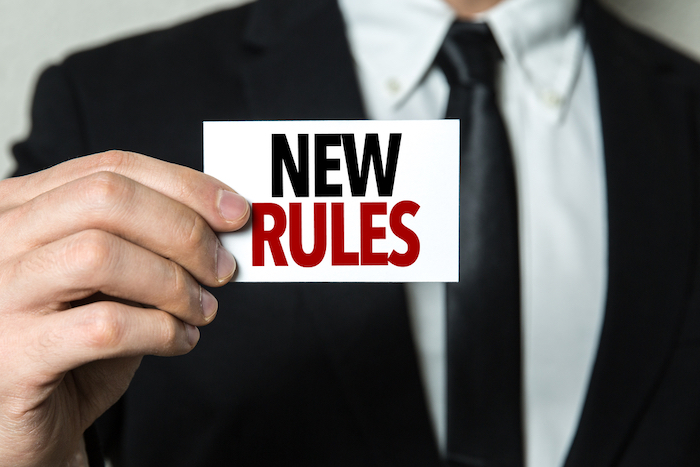

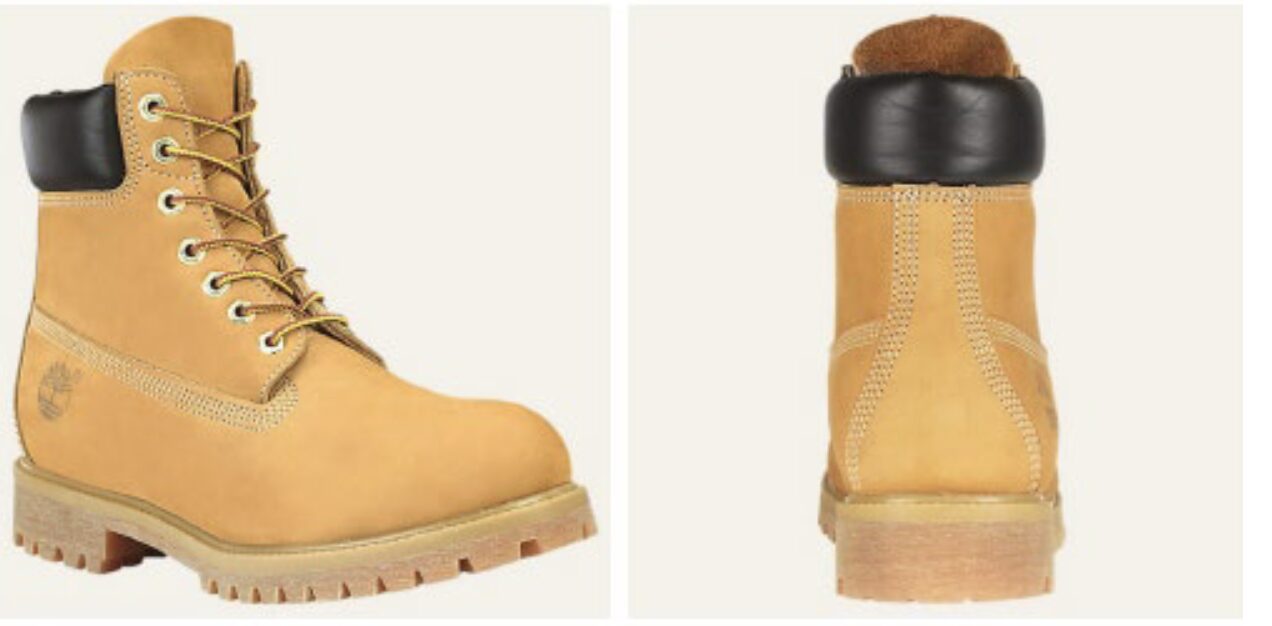
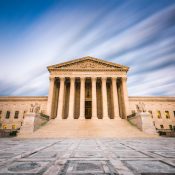

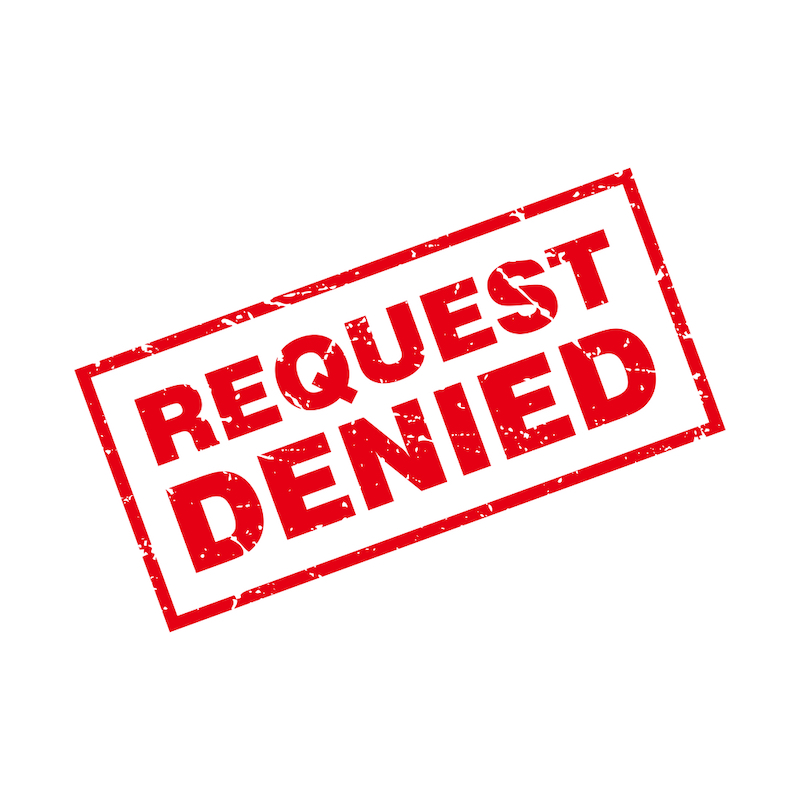

Join the Discussion
12 comments so far.
B
May 16, 2023 11:18 am@ Curious “I backtracked on nothing. I cannot help it if you read FAR TOO MUCH into comments . . . .”
**EYEROLL**
Curious
May 15, 2023 09:32 pmYour post hoc backtracking is noted.
I backtracked on nothing. I cannot help it if you read FAR TOO MUCH into comments (and court decisions) than what is actually there. Thomas was the topic of conversation so my comments focused on him. I have long noted that the Supreme Court’s patent decisions have mostly been uniramous — oftentimes in response to assertions that it is the liberal judges that have been anti-patent. I don’t deny that point, but the more important part is that the conservatives have held a majority for around 50 years now yet patent owners have been consistently screwed over by SCOTUS for decades now. Hence, the greater blame belongs to the conservative wing — i.e., the ones in the majority.
As for Thomas personally, I suspect history will treat him very, very poorly. About 99.9% of the people working in government would have been fired already (many times over) for what he has (allegedly) done. And I use the term “allegedly” very loosely because no one really denies the benefits he has obtained.
That statement is so idiotically misused by the room-temperature IQ crowd. Thomas wasn’t comparing one business method to others, he was comparing well-known, routine, and conventional processes to other well-known, routine, and conventional processes.
You and I may not necessarily disagree on this point — I would be more sure if you had more clearly stated your point. Regardless, my point is that Thomas left the meaning of “abstract ideas” untethered to any test or explanation — you know, the same thing you’ve been complaining about in your briefs: that all of these terms being bandied about in these decisions are UNDEFINED. Thomas, of all the people in the world, was the one person who had a chance to give us a definition for “abstract idea,” and he punted. That is why (among other reasons) I am leveling criticism his way.
B
May 15, 2023 08:43 pm@ Curious “Did I say that any of the other justices were friends of patent owners?”
You singled out Thomas as being a shill for S.V. via a real estate billionaire, then cited a half-dozen cases that were unanimous or near-unanimous to prove your idiotic point.
Your post hoc backtracking is noted.
“Just imagine if Thomas didn’t write ‘we need not labor to delimit the precise contours of the ‘abstract ideas’ category in this case’ but instead actually attempted to put together some type of definition.”
That statement is so idiotically misused by the room-temperature IQ crowd. Thomas wasn’t comparing one business method to others, he was comparing well-known, routine, and conventional processes to other well-known, routine, and conventional processes.
Unfortunately, the dishonest and none-too-bright CAFC never bothered to read more than the Cliff notes.
That said, Thomas is horrible on patent eligibility – but Kagan and Sotomayor are far worse as is proved by their concurring opinions. Stevens was the ultimate nard though.
Curious
May 15, 2023 03:13 pmOh, please. Total b.s. BTW, how many of the cases you just listed are 9-0 or 8-0?
Did I say that any of the other justices were friends of patent owners? Regardless, it has been Thomas that has authored many of these opinions, and the precise language matters. Just imagine if Thomas didn’t write “we need not labor to delimit the precise contours of the ‘abstract ideas’ category in this case” but instead actually attempted to put together some type of definition.
As to Thomas not being a friend of patent owners – well – he’s one of nine
Frankly, no one on the Court is a friend of patent owners, which begs the question … why are you going there?
small inventor
May 15, 2023 03:13 pmWhy is Supreme Court messing with patents in the first place ?
They’d better stick to subjects they think they understand like abortion rights and leave patents to professionals (not on Big Tech payroll)
Anyway, you get what you deserve
Just implement Directive 10-289 and be done with that
Amen
B
May 15, 2023 02:36 pm@ Curious “This petition has a minimal likelihood of being granted.”
Actually, far less after the DOJ just piped in. Like, golly, the CAFC is capricious but you should follow our capricious “standard” instead. No wonder the S.Ct. denied cert.
“The alleged fact that Crow is involved in real estate would not prevent friends of Crow from using his influence.”
Oh, please. Total b.s. BTW, how many of the cases you just listed are 9-0 or 8-0?
All but Oil States – which was 7-2.
As to Thomas not being a friend of patent owners – well – he’s one of nine
Curious
May 15, 2023 12:05 pmFrom the other patent blog: “the Supreme Court has declined to review two pending patent-eligibility petitions: Interactive Wearables v. Polar and Tropp v. Travel Sentry.” From the same article regarding Killian v. Vidal: “This petition has a minimal likelihood of being granted.”
Also, Harlon Crow make his $$$ in real estate so your insinuations re Thomas lack substance.
The alleged fact that Crow is involved in real estate would not prevent friends of Crow from using his influence. There doesn’t have to be a direct connection for there to be influence. That point aside, Thomas has written more majority opinions in the realm of IP law than anyone currently sitting on the Court. Thomas’s impact on IP law is described in the law review article entitled “The Supreme Court’s Chief Justice of Intellectual Property Law” (UW Law Digital Commons, 2022).
IP cases authored by Thomas include:
eBay Inc. v. MercExchange (tightening up standard for issuing injunction)
Quanta v. LG (exhaustion)
Myriad (101)
Alice (101)
TC Heartland (venue)
Oil States (constitutionality of IPRs)
Based upon these cases, I would suggest that Thomas is not a friend of patent owners. I cannot say why he isn’t a friend of patent owners — he just isn’t. Rather, by his actions, Thomas has been an excellent friend of Big Tech, which is curious given his ideological bent.
B
May 14, 2023 11:10 pm@ Jacek “The list of judicial exceptions, probably by pure accident, correlate with areas of Big Tech interest.”
The S.Ct. has 50 years of this stupidity, and Bilski, Alice, and Mayo were all 9-0 decisions. Also, Harlon Crow make his $$$ in real estate so your insinuations re Thomas lack substance.
The S.Ct. is just stupid, and they arrogantly believe they know better.
The CAFC, on the other hand, is outright dishonest.
That said, the more I read the DOJ’s brief – and the briefing of both Tropp and Interactive Wearables, the more I am convinced the DOJ and USPTO is filled with nitwits.
You reading this Krause?
Your brief is so stupid and has so many holes that I’m convinced you and your army of attorneys couldn’t win a drunk driving conviction without a corrupt court to help you.
Anonymous
May 14, 2023 10:57 pm@ Jacek “The list of judicial exceptions, probably by pure accident, correlate with areas of Big Tech interest.”
The S.Ct. has 50 years of this stupidity, and Bilski, Alice, and Mayo were all 9-0 decisions, FYI, Harlon Crow make his $$$ in real estate so your insinuations fail.
The S.Ct. is just stupid.
The CAFC, on the other hand, is outright dishonest.
That said, the more I read the DOJ’s brief – and the briefing of both Tropp and Interactive Wearables, the more convinced the DOJ is filled with nitwits.
That said, look to the CAFC judges
Also
jacek
May 14, 2023 07:54 amDeliberate? It is hard to think otherwise.
Supreme Court has been very consistent in rulings damaging IP law and inventors’ rights.
In light of recent revelations regarding Judge Thomas’s innocent association, what should we think?
The list of judicial exceptions, probably by pure accident, correlate with areas of Big Tech interest.
B
May 12, 2023 03:17 pmWell written article, Mr. Hartung
I missed the DOJ’s amicus brief, but I will likely refer to it in the Reply Brief to Killian v. Vidal. The interesting thing: The DoJ is the party that will write the Opposition Brief in Killian. It will be interesting to see what the DoJ says as amici versus what the DOJ says as advocate.
In my quick review of the DOJ’s amicus brief, I see one glaring issue that completely went over the DOJ’s heads: One paragraph they quote Judge Moore from American Axle about the importance of not using 101 to address a 112 issue, then when discussing Tropp the DOJ declares Tropp abstract specifically b/c of a 112 issue.
These are the DOJ’s best and brightest?
concerned
May 12, 2023 01:23 pmIn re: Killian the attorney “B” asks for SCOTUS cert for many of the same reasons in this article.
The brief submitted by B states no court has ever define abstract, significantly more, or inventive concept. It also asks the high court to follow Dobbs and remove the judical exceptions.
In re: Killian also is precedential and the CAFC said B should be directing his arguments to SCOTUS.
Lately, the articles on IPWATCHDOG (thank you Mr. Quinn for your platform) have me curiously wondering what breeze is going through the primary examiner’s mind.
Anybody want to school the author of this article or author of the other similar articles? I do not want to school them, I want to thank them for the refreshing breath of sanity.